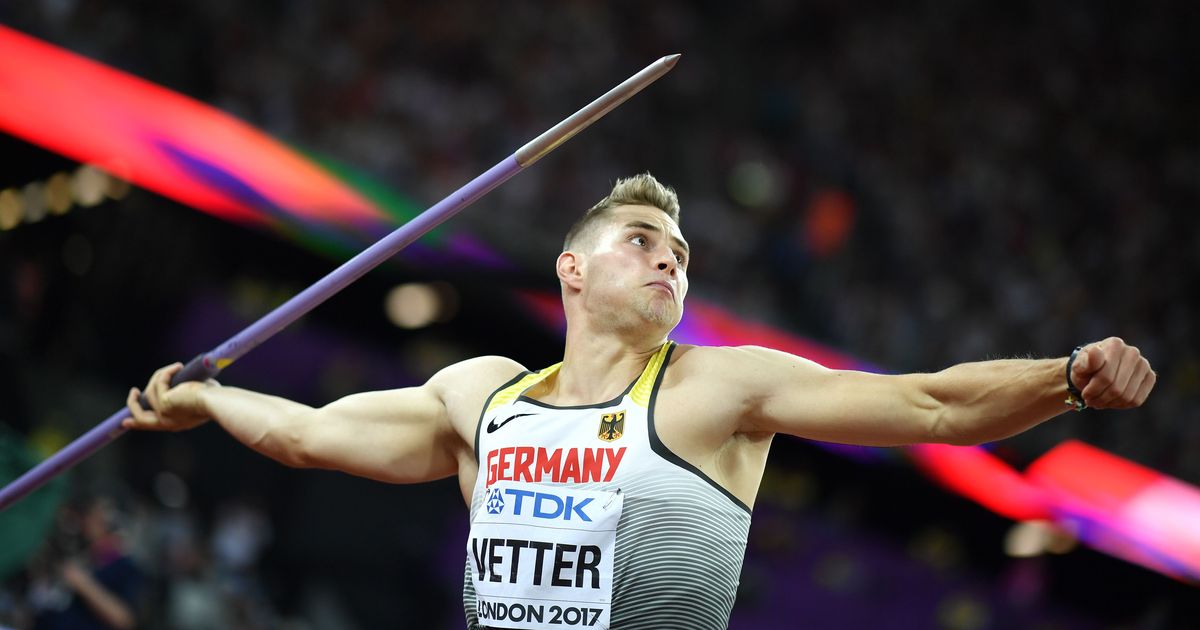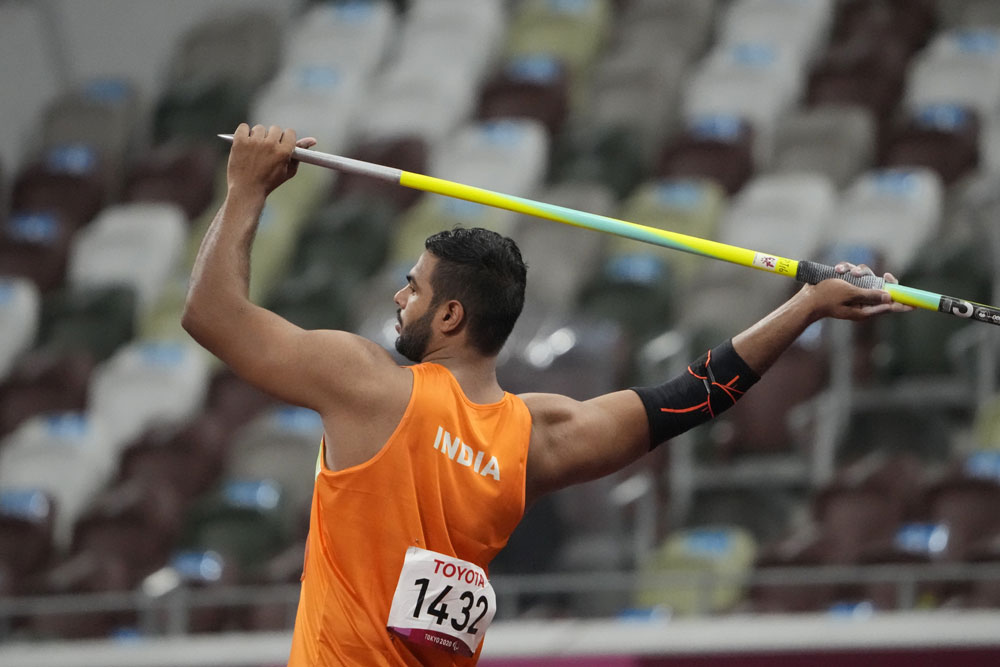Techniques and Biomechanics of the Javelin Throw: World Record Javelin Throw

The javelin throw is a technical event requiring a combination of strength, speed, and precision. It involves a series of coordinated movements that aim to maximize the distance the javelin travels. Understanding the biomechanics involved in each phase of the throw is crucial for optimizing performance.
Grip
The grip is the starting point of the throw, and it significantly impacts the javelin’s trajectory and release angle. The javelin is typically gripped with the dominant hand in a pronated grip, with the thumb pointing towards the javelin’s head. The other hand provides support, ensuring a stable and controlled grip.
The grip position should be comfortable and allow for maximum power transfer during the throw. The javelin should be held at a slight angle, with the head pointing upwards. This angle facilitates a smooth and efficient release.
Approach
The approach is the phase where the athlete gains momentum and sets up for the throw. It typically involves a running start, with the athlete accelerating towards the throwing area. The approach should be smooth and controlled, with the athlete maintaining a balanced posture and generating speed.
As the athlete approaches the throwing area, they need to gradually shift their weight onto their dominant leg while maintaining a forward momentum. This allows for a powerful transfer of energy into the throw.
Plant, World record javelin throw
The plant is the crucial moment where the athlete transfers their momentum from the approach into the throw. As the athlete reaches the throwing area, they plant their dominant foot, creating a stable base for the throw.
The foot should be planted firmly, with the toes pointing in the direction of the throw. The athlete should maintain a low center of gravity and ensure that their body is aligned with the throwing direction.
Delivery
The delivery phase is where the athlete initiates the throwing motion and releases the javelin. It involves a coordinated movement of the body, with the athlete using their core, hips, and shoulders to generate power and propel the javelin forward.
The athlete should rotate their body, extending their arm, and releasing the javelin at an optimal angle. The release point should be slightly above shoulder height, and the javelin should be released with a forward and upward motion.
Follow-Through
The follow-through is the final phase of the throw, where the athlete continues their motion after releasing the javelin. It involves maintaining balance and ensuring a smooth transition from the delivery phase.
The athlete should follow through with their arm, extending it fully in the direction of the throw. This helps maintain momentum and ensure a stable landing.
Factors Influencing Javelin Throw Performance

Maximizing javelin throw performance involves a complex interplay of various factors, each contributing significantly to the overall outcome. These factors can be categorized into athlete-specific characteristics, equipment considerations, and environmental influences.
Athlete-Specific Characteristics
Athlete-specific characteristics play a crucial role in javelin throw performance. These factors include strength, speed, technique, and coordination.
- Strength: Adequate strength is essential for generating the power required to launch the javelin. This includes upper body strength for generating arm and shoulder power, as well as core strength for stability and rotational force.
- Speed: Speed is vital for maximizing the velocity of the javelin during release. This involves developing running speed to build momentum and leg strength for explosive power transfer.
- Technique: Proper technique is paramount for achieving maximum throw distance. This includes a smooth and efficient run-up, a controlled and powerful throw, and precise release timing.
- Coordination: Coordination involves the ability to synchronize the movements of different body parts, ensuring a smooth and efficient transfer of energy from the lower body to the upper body and ultimately the javelin.
Equipment Considerations
The type of javelin used can significantly impact throw distance. Javelins are categorized by weight and balance point, with different categories designed for different age groups and competition levels.
- Weight: Heavier javelins generally require more force to throw, but they can travel farther due to their greater momentum. Lighter javelins are easier to throw but may not travel as far.
- Balance Point: The balance point of a javelin affects its flight characteristics. Javelins with a forward balance point are generally more stable in flight, while javelins with a rearward balance point can be more difficult to control but may allow for greater throw distance.
Environmental Factors
Environmental factors can significantly influence javelin throw performance. Wind conditions and weather can have a substantial impact on the flight path and distance of the javelin.
- Wind Conditions: A tailwind can significantly increase throw distance by providing additional momentum to the javelin. A headwind, on the other hand, will reduce throw distance. The impact of wind is dependent on its speed and direction relative to the thrower’s position and the javelin’s flight path.
- Weather: Weather conditions such as temperature, humidity, and precipitation can also affect javelin throw performance. For example, cold temperatures can reduce muscle flexibility and impact the javelin’s flight characteristics. Rain can make the javelin slippery, affecting grip and control.
The world record javelin throw, a feat of strength and precision, has been broken and re-broken countless times throughout history. It’s a testament to human potential and the relentless pursuit of athletic excellence. The same drive for success can be seen in the careers of dominic fike and hunter schafer , who have both achieved remarkable success in their respective fields.
Just like the world record javelin throw, their accomplishments are a reminder that with hard work and dedication, anything is possible.
The world record javelin throw is a feat of strength and precision, requiring years of dedicated training. While athletes like Jan Železný are celebrated for their achievements, the world of athletics isn’t always about pure performance. Just like the rumors surrounding who cheated on hunter schafer highlight the complexities of personal lives, even in the world of javelin throwing, there are stories of controversy and intrigue that go beyond the physical feat itself.
But ultimately, the world record javelin throw remains a testament to human potential and the drive to achieve greatness.
